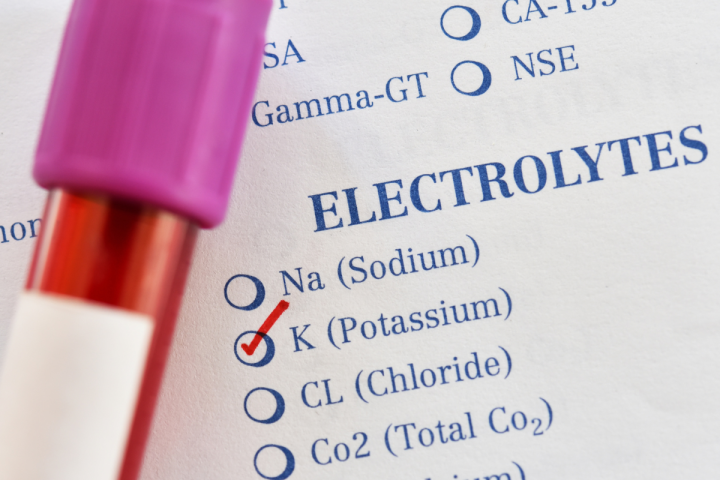The feeling of thirst is a very subjective sensation. Polydipsia is a rare condition that causes increased thirst regardless of air condition, exertion or weather. It is often associated with increased removal of water from the body through both urine and sweat. What are its characteristics and possible causes? We answer in the article!
Definition and possible causes of increased thirst
Doctors recommend the consumption of 1.5 to 2 l of fluids per day. In some cases, e.g. pregnant women, up to 3 l of water per day is recommended. O polydipsia whereas we speak of consumption regularly reaching up to 6 litres per day. At the same time, drinking large amounts of fluids is accompanied by polyuria, excessive sweating or the production of large amounts of saliva. This means that the body not only demands a lot of water, but also loses a lot of it.
Drinking too much fluid can lead to blood thinning and the washing out of all micro- and macro-elements from the body. Increased thirst can have many causes, and among the most common are:
- mental illnesses (schizophrenia, bipolar affective disorder),
- diabetes,
- uraemia,
- chronic kidney disease,
- hyperthyroidism.
Polydipsia and other causes
Increased thirst does not, of course, have to be immediately associated with serious illnesses, but can be caused by an unhealthy diet. Excessive amounts of salt in food, or the use of large quantities of hot spices or spicy products, can lead to a polydipsia. Increased thirst can also be linked to medications taken. Psychotropic drugs, certain antidepressants, mood stabilisers or diuretics can also lead to an increased feeling of thirst.

Why is increased thirst dangerous?
To some it may seem that increased thirst is a desirable trait, after all, at every turn one is reminded to take in plenty of fluids. However, as in all cases, the rule "what is too much is not healthy" applies. Disturbances in the body's water balance always lead to serious deficiencies of sodium and potassium, which in turn can lead to convulsions and even death. Indeed, too much electrolyte is just as dangerous as a deficiency.
Treatment and diagnosis
Examination and patient history are the first step to properly diagnose the disease. Increased thirst is confirmed or ruled out after basic blood tests, measurement of fluid intake volume, renal function tests, glucose and electrolyte levels. Treatment depends on what the test results are.




